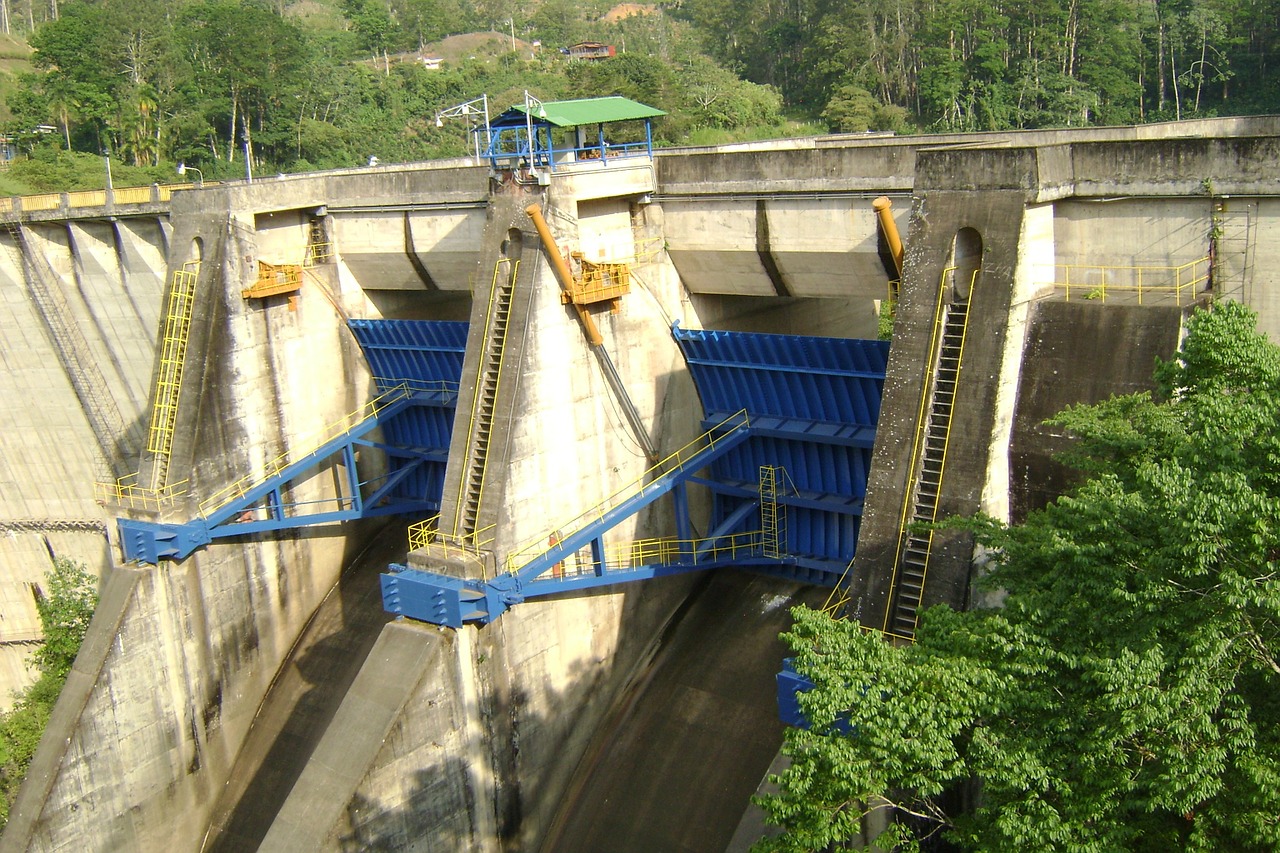
- Sustainable Planet -
- 3mins -
- 569 views
How Costa Rica Aims To Become The World’s 1st Single-Use-Plastic-Free AND Carbon-Free Country
How a country of under five million people has become a world leader in developing holistic policies that promote democratic, sustainable, and inclusive economic growth.
Costa Rica is one of the top 5 of countries in the world leading the way in renewable resources
While it may be a tiny country, Costa Rica—whose unofficial slogan is “pura vida,” meaning pure life—has a huge impact environmentally. Since 2014 the country’s energy has come from 99% renewable resources, and has been run on 100% renewable energy for more than two solid months, twice in the past two years. And on World Environment Day last year, Costa Rica announced its new national plan to eradicate all single-use plastics by 2021.
Over the past 4 years, Costa Rica has generated all but 1% of its electricity from renewable sources
In the summer of 2018, the costs Rican government announced their aims to be completely carbon-neutral by the year 2021 – To be the first completely carbon-free country in the world.
During the 1980s the government realised that nature is Costa Rica’s main asset and has since made every effort to protect it: including, among other things, zoo closures, reforestation, and establishing protected areas (around 25% of the total surface area of the country).
Over the past 4 years, Costa Rica has generated all but 1% of its electricity from renewable sources using its rivers, volcanoes, wind and solar power.
The hydroelectric plant on the Reventazón River began operations in 2016 and it is the largest plant of its kind in Central America.
In addition they have seven wind turbine plants, six other hydroelectric plants and a solar plant.
A statement from ICE, the Costa Rican Electricity Institute, indicated that ¾ of renewable energy came from hydroelectric plants using river water; the rest was geothermal and wind power; followed by biomass, then solar power constituting the smallest percentage.
“Basing [electricity] generation on renewable resources allows the country to achieve one of the lowest ratios of greenhouse gas emissions to electrical consumption on the planet.” – The Costa Rican Electricity Institute (ICE)
Source: EducateInspireChange.org

Costa Rica announced national plan to ban all single-use plastics by 2021
The new Costa Rican president Carlos Alvarado Quesada’s first act in office was to take a giant step forward in reducing carbonisation. During his inauguration, he announced his initiative to ban fossil fuels and become the world’s first decarbonised society. He told an excited crowd:
“Decarbonization is the great task of our generation and Costa Rica must be one of the first countries in the world to accomplish it, if not the first.”
President Quesada admits that to create the first carbon-free society is a monumental undertaking, but a beautiful one he is confident they can achieve.
He is hopeful and eager to get rid of the fossil fuels created by their transportation system by 2021 – all in time to celebrate the nation’s 200th anniversary of achieving its independence.
He said: “When we reach 200 years of independent life we will take Costa Rica forward and celebrate…that we’ve removed gasoline and diesel from our transportation.”
Tackling the Plastic Problem— on World Environment Day last year, Costa Rica announced its new national plan to eradicate all single-use plastics by 2021.
From that moment on, plastic has to be replaced by alternatives that are 100% recyclable or biodegradable and not petroleum-based. The country has the technical and financial support of the United Nations Development Program to help them achieve this.
Since June 2017 they have been set on eradicating single-use plastic by 2021: the first country in the world to do so.
This small nation of under five million people has become a world leader in developing holistic policies that promote democratic, sustainable, and inclusive economic growth. Other governments should be taking notes and, more importantly, taking similar action. Kudos to Costa Rica!
Source: EducateInspireChange.org

